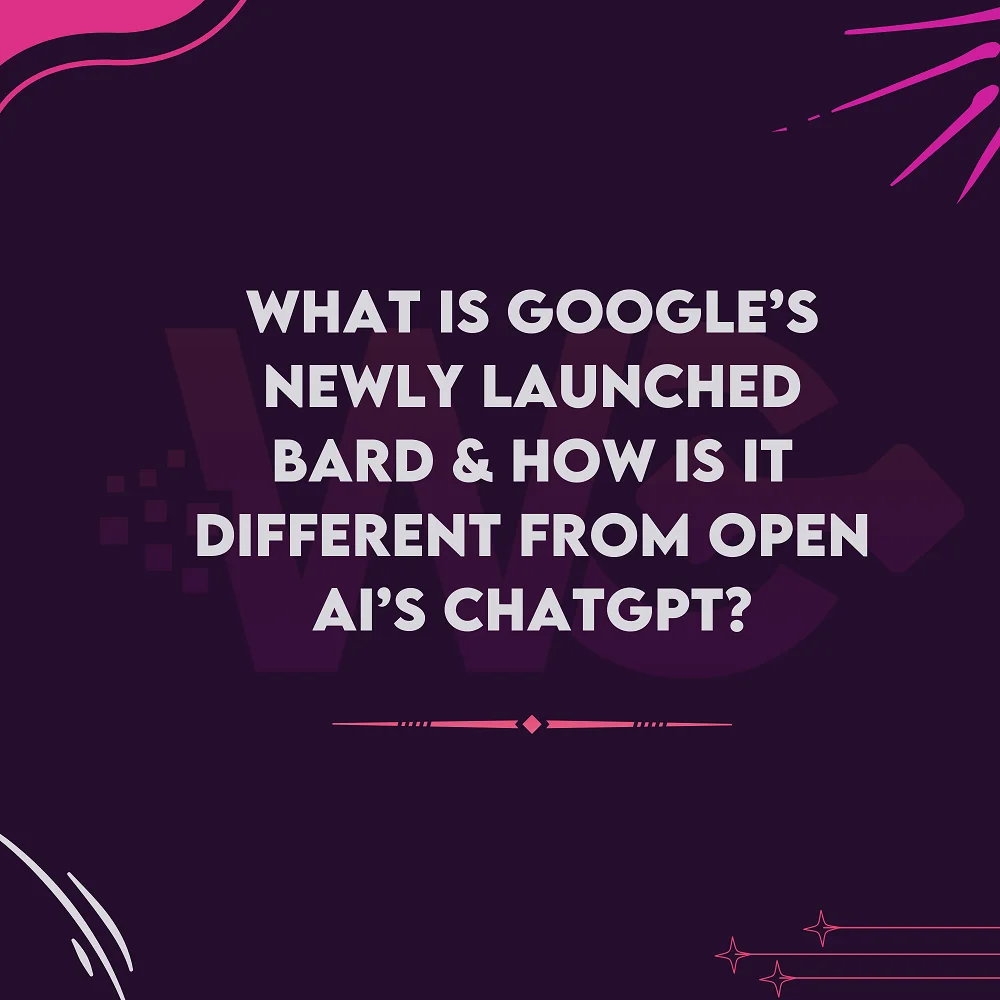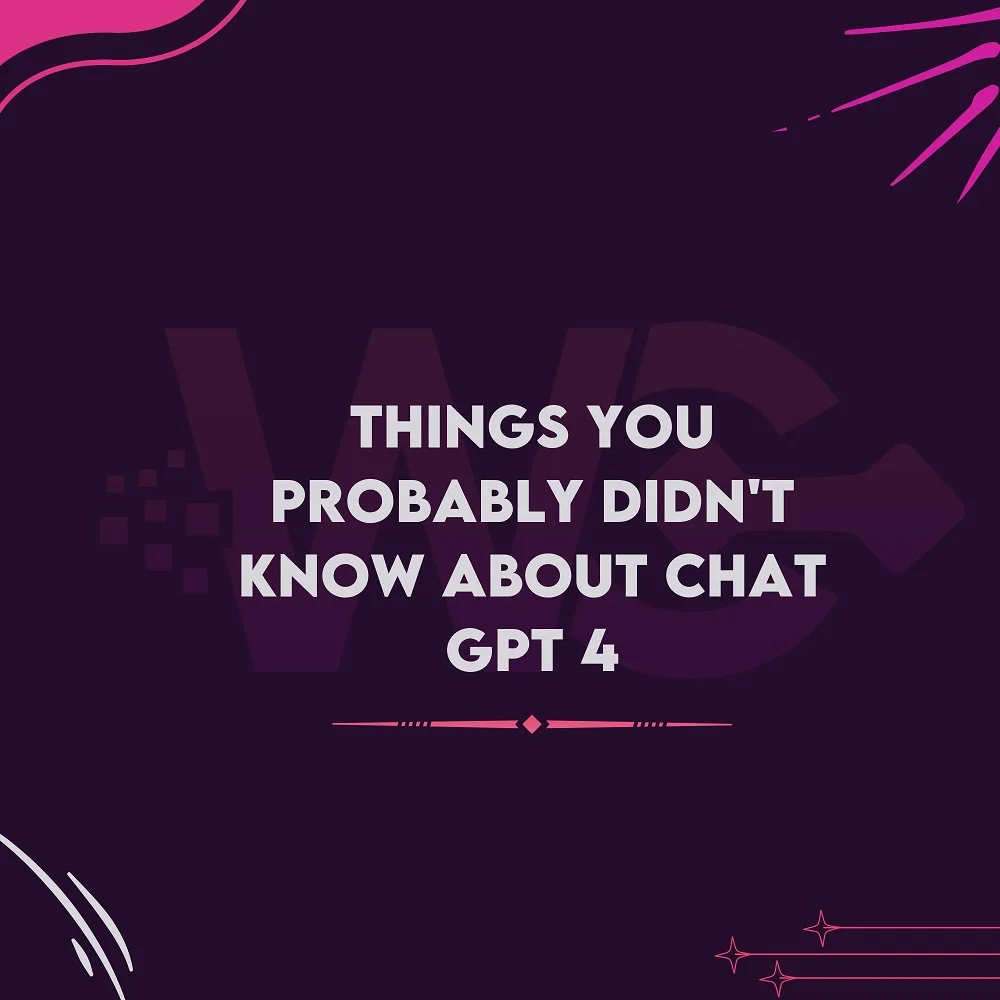
Both ChatGPT and Google Bard have had a significant impact on how we interact with text. Bard, created by Google, is intended to engage audiences with its outstanding storytelling powers. ChatGPT, created by OpenAI, specializes in creating conversational answers that mimic human-like interactions. Both concepts have received widespread attention and have been applied in a variety of sectors. Today, we will highlight a few characteristics of ChatGPT and Google Bard.
1. Training model
The use of Large Language Models (LLM) distinguishes Bard from ChatGPT. OpenAI’sChatGPT is built on the Transformer architecture, whereas Google Bard is based on the PaLM 2 architecture.Both have made big failures, but AI is always learning and improving.The GPT-3 and GPT-4 predecessors were trained on a massive amount of text from the internet. We’re talking about websites, books, articles, and documents. On the other hand, Google PALM2’s training was enhanced by Infiniset, a dataset particularly focused on dialogues and discussions.
Infiniset has been fueled by Common Crawl, Wikipedia, published papers, and a diverse range of web-based interactions. Furthermore, Google Bard’s AI model has been designed to explore the web in real time, providing appropriate and up-to-date responses to users’ inquiries.ChatGPT, too, relies on training data generated from Common Crawl, Wikipedia, books, papers, and documents until 2021, implying that its AI engine has yet to catch up with recent events and research advancements.
However, both GPT-4 and LaMDA are still in development. And as their skills improve, the dynamics of the ChatGPT vs Google Bard competition will shift, determining the future of AI language models as we know them.
2. Coding proficiency
ChatGPT read our imprecise instructions correctly and created cleaner code than Google Bard. It also outperformed Google Bard in terms of describing the code it created. However, Google Bard excelled in one area: code restructuring. It not only provided efficient code solutions, but it also demonstrated benchmark-creating code and benchmark results. This capability showcases Google Bard’s ability to produce efficient and performant code. Google Bard’s edge in this area stems from its use of search engine data in addition to being a Large Language Model (LLM), whereas ChatGPT is only an LLM at the time of testing.
Finally, both ChatGPT and Google Bard have different capabilities in coding skills. ChatGPT excelled at interpreting ambiguous instructions and providing clear explanations, but Google Bard excelled at code refactoring and providing detailed debugging reasons. Understanding these distinctions can help users make educated judgments about which model is best suited to their individual coding requirements.
3. Conversation retention ability
The ability to preserve context from previous chats is an important differentiator between ChatGPT and Google Bard. ChatGPT can save up to 3,000 words of conversation history, but it does not actively use this knowledge to generate answers. As a result, ChatGPT may struggle to maintain the flow of a discussion and respond accurately to the following questions.
In contrast, Google Bard excels at remembering and applying context from previous encounters. This helps it better adapt its replies based on previous interactions. As a result, Google Bard is better able to offer accurate responses while still maintaining conversational coherence over several conversations.
4. Language support
Expanding language support provides substantial benefits to AI language models such as ChatGPT and Bard. These models may serve a broader spectrum of consumers globally by providing multilingual capabilities and fostering inclusion and accessibility.
Bard now supports forty languages, including Japanese and Korean. This reflects Google’s dedication to language inclusion. By supporting more languages, Bard can reach a wider user base and give language-specific insights, information, and help to people all around the world.
ChatGPT supports over 50 languages, allowing users to communicate and get assistance in their favorite language. This enables people from various language backgrounds to interact with the system more readily, promoting better communication and comprehension. ChatGPT now supports more languages, making it the clear leader in this category.
5. Security and safety
ChatGPT and Google Bard both raise privacy and security issues. ChatGPT has been chastised for being used to generate phishing emails and malware, increasing cybersecurity threats. It monitors talks and collects personal information for training, which includes human trainers reviewing chats. It is not possible to remove individual prompts from ChatGPT’s history; therefore, revealing personal or sensitive information is discouraged.
Many corporations have begun to prohibit the use of ChatGPT and Google Bard. For example, Samsung Electronics prohibits its employees from utilizing ChatGPT. The restriction was imposed after numerous workers were discovered to have disclosed critical corporate information to ChatGPT.In one case, an employee uploaded a transcript from a company meeting into ChatGPT and requested the chatbot to describe it. In another case, an employee inserted sensitive software code into ChatGPT and instructed the chatbot to optimize it.
Samsung’s prohibition on ChatGPT reflects the rising worry about the security dangers posed by massive language models. These models are trained on enormous datasets of text and code, allowing them to create realistic and convincing text, even sensitive material.Google Bard, while new, might have security and privacy consequences. It has been documented to create phishing emails since its inception, showing the possibility of abuse. Google urges users not to provide personal information to Bard, which gathers user data. Bard may violate intellectual copyright by adding information without sufficient permission or attribution.
Google Bard and ChatGPT both have security issues and are still learning about them. At this moment, it is impossible to determine a clear winner in terms of security and privacy.
Conclusion:
Google’s Bard and OpenAI’sChatGPT have significantly impacted text interaction. Both models have faced failures, but AI is constantly improving. Google Bard excels at code restructuring and interpreting ambiguous instructions, while ChatGPT can only provide one output for a given input. Conversation retention ability is another key difference between the two models. ChatGPT can save up to 3,000 words of conversation history but does not actively use it to generate answers. Google Bard excels at remembering and applying context from previous encounters, allowing it to offer accurate responses while maintaining conversational coherence. Both models offer multilingual capabilities, fostering inclusion and accessibility. However, they both face security and privacy issues, with ChatGPT being criticized for generating phishing emails and malware and Google Bard potentially violating intellectual copyright.











